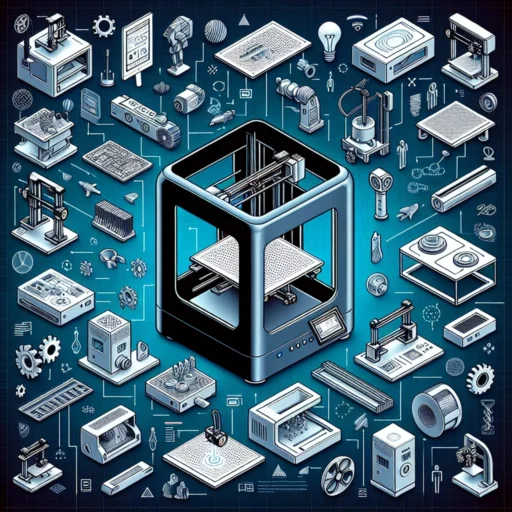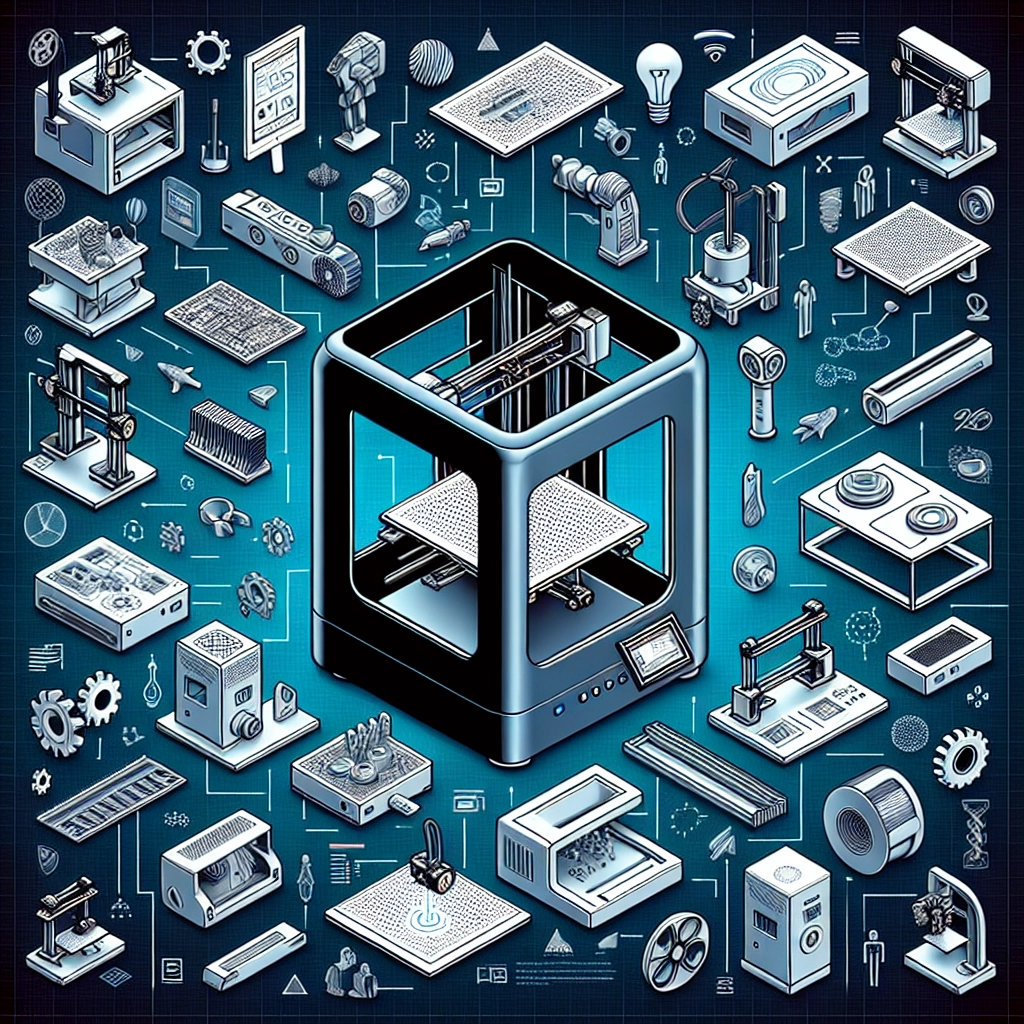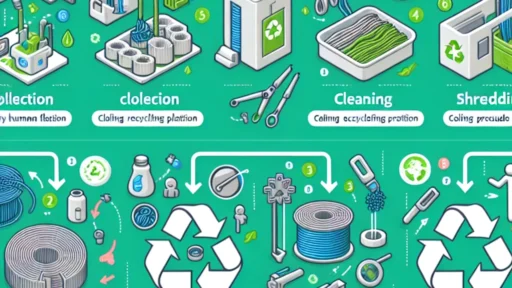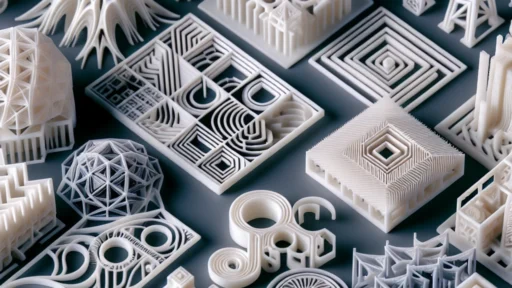An In-Depth Review of Creality Printers
When it comes to 3D printing, particularly in the realm of consumer-grade machines, Creality has carved out a significant niche. Known for their affordability and reliability, Creality printers have become a favorite for hobbyists, makers, and even some professional users. Whether you’re a novice just starting out or a seasoned pro looking for your next addition, there’s likely a Creality model that fits your needs. Let’s dive into what makes Creality printers stand out, exploring their popular models, features, strengths, and potential weaknesses.
A Bit of History
Founded in 2014, Creality quickly gained traction in the 3D printing community, primarily due to their flagship model—the Ender 3. This printer made waves for its impressive build quality, affordability, and ease of use. As a result, Creality has expanded its lineup to include several models, each tailored for different users. Whether your focus is on reliability, precision, or versatile printing, Creality probably has something for you.
Popular Models
Ender Series
Ender 3: The Ender 3 remains a staple for newcomers to 3D printing. It boasts a build volume of 220 x 220 x 250 mm, which is quite generous for its price tag. The print quality you can achieve with this machine is remarkable, making it a go-to choice for many makers. It’s easy to assemble, too—most people report getting it up and running in less than an hour.
Ender 3 V2: An upgraded version of its predecessor, the V2 offers some key enhancements such as a glass bed and a quieter operation. It’s still user-friendly and maintains that sweet spot of affordability, making it a popular choice for those stepping up from the original Ender 3.
Ender 5: Moving up the line, the Ender 5 offers a more robust frame and a larger build volume of 220 x 220 x 300 mm. It incorporates a cube design, which adds stability and can be particularly beneficial when printing larger or more complex models.
CR Series
CR-10: This model is perfect for anyone looking to print larger objects, with a substantial build volume of 300 x 300 x 400 mm. The CR-10 is well-loved for its versatility and has an impressive reputation for producing high-quality prints. It’s often considered the go-to choice for those who want to venture into large-scale printing without breaking the bank.
CR-10 V3: This iteration takes everything the original CR-10 did well and improves on it. With features such as a direct drive extrusion system and a silent motherboard, it offers a smoother, quieter printing experience.
Features That Shine
One of the most appealing aspects of Creality printers is their community-driven support and open-source nature. Many users enjoy upgrading their machines, which can lead to improved performance and capabilities. Plus, there’s an abundance of online forums and groups where you can find tips, mods, and troubleshooting advice.
Another major draw is the affordability of Creality printers. They often strike a balance between quality and price that’s hard to find elsewhere. Even with a lower price point, many of these models come equipped with features like:
- Bed leveling options: Many models offer manual leveling, with some versions even featuring an automatic bed-leveling sensor for hassle-free setup.
- Quiet operation: Some newer models boast silent stepper drivers, making them much quieter than earlier releases, which is a blessing if you’re printing in a shared space.
- Upgradable components: Users can often swap out parts like extruders and hot ends, allowing for a more customized printing experience.
Potential Drawbacks
Despite all the positives, Creality printers are not without their challenges. Some users report issues with quality control, which can be frustrating. It’s important, when buying, to check reviews and be aware that the initial setup might require tinkering or calibration. While most models provide good print quality right out of the box, there can be a slight learning curve depending on the complexity of the build.
Additionally, while the printers themselves are often praised, the customer service experience can vary significantly. Some users have encountered delays or difficulties in receiving support, which can be a concern if you run into issues.
Wrapping Up the Creality Experience
Creality printers have made a significant impact on the 3D printing world, providing affordable and approachable options for users at all skill levels. Whether you’re crafting intricate models, prototypes, or just having fun with design, Creality has a model that can fit your needs. With a strong community backing and plenty of upgrade potential, choosing a Creality printer offers fantastic value for both beginners and experienced makers.
So, if you’re in the market for a 3D printer, consider what you’ll be creating and pick a model that suits your needs. Who knows? You might just find yourself part of the vibrant Creality community, sharing your prints and learning even more along the way!






